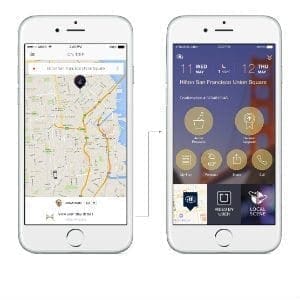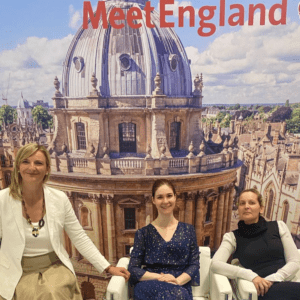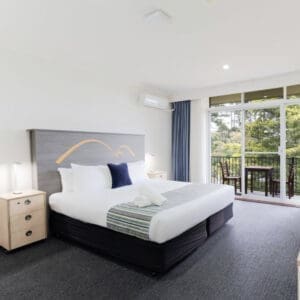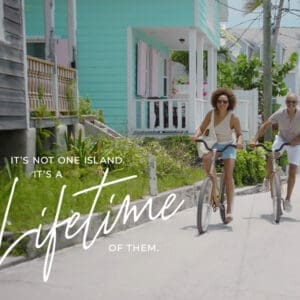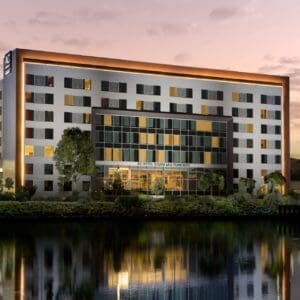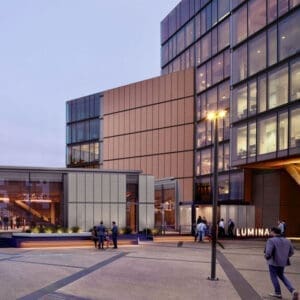The site visit is a major inflection point in the event planning process. It’s a make or break moment in the sales process and it’s becoming increasingly important to Millennial buyers.

Social Tables has released a new report on the site visit process, which highlights its research survey that was conducted with 700 respondents in the meetings and events world.
The survey found that Millennials look at site visits like a “professional first date” – and it’s often a blind-date. It can be the first time a planner will ever meet their contact at a property. Modern buyers are more engaged than ever before, and they can see beyond sales tactics. Relationships founded on trust and transparency are key to the Millennial buyer.
That’s why the site visit represents a unique opportunity to kick-off a lasting relationship between a planner and a property. Properties need to adapt to the changing complexion of their buyers and site visits are the piece of the event sales puzzle that offers the greatest room for improvement.
Top line results from the participants in the survey show that the average event planning professional plans 37 events per year, requiring 45 site visits annually. Planners said they are not familiar with the proposed event space a majority of the time, stating that 56% of planned events will require a site visit. That’s a ton of leg-work and it doesn’t even include all the emails, calls and correspondence leading up to the site visit.
Given the sheer effort that goes into site visit, planners want to get things right the first time. So what exactly is important to planners? What do they want out of their site visit, and in what ways are properties failing to meet those expectations? When asked, what was the primary reason for going on a site visit, surveyed planners indicated that they care first and foremost about aesthetics, the look and feel of an event space. This response was followed by logistics and trust to round out the top three aspects important to planners on a site visit.
Click here to download the full report, which examines why planners prioritize site visits this way, and how properties can increase conversions through 18 actionable methods that can improve experiences and design a better site visit for planners.



